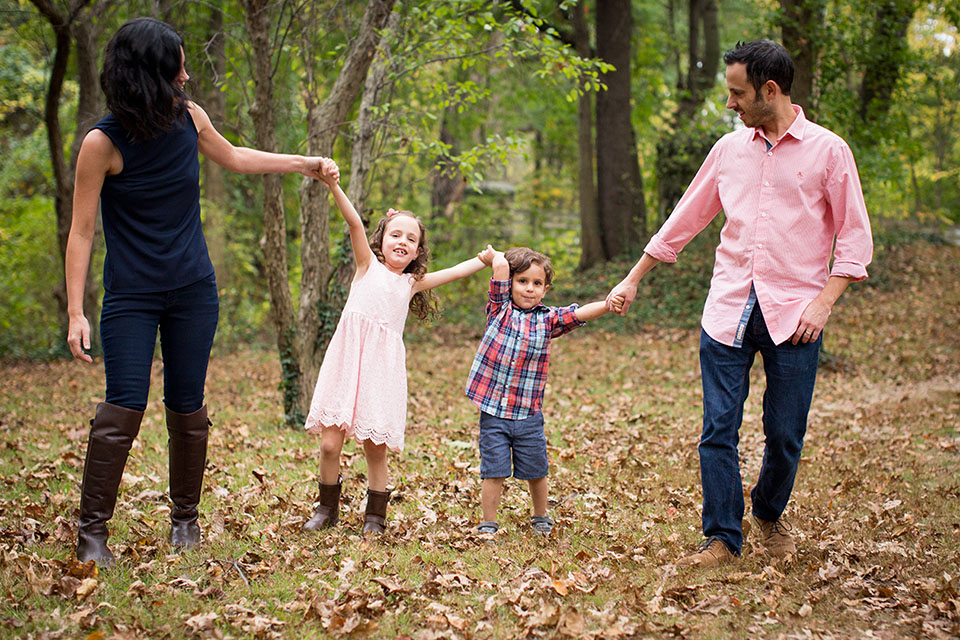Understanding the Social Emotional Needs of People in Assisted Living:
Assisted living facilities play a crucial role in providing a supportive environment for seniors who need help with daily activities. However, beyond the essential physical care, it’s imperative to address the social and emotional needs of residents to ensure their overall well-being. Engaging with the aspects of their lives before they entered assisted living can significantly enhance their quality of life. One effective way to achieve this is through sharing life stories with others.
The Importance of Social Emotional Well-Being
Social emotional well-being encompasses feelings of belonging, self-worth, and happiness. For seniors, especially those in assisted living, maintaining these feelings can be challenging. Many have experienced significant life changes, such as the loss of independence, the passing of loved ones, or relocating away from familiar surroundings. These changes can lead to feelings of isolation, depression, and anxiety.
Addressing these emotions is essential because they directly impact physical health. Studies have shown that seniors who maintain strong social connections and engage in meaningful activities experience lower rates of chronic illnesses, better cognitive function, and an overall higher quality of life.
Connecting the Past with the Present
One powerful way to address social emotional needs is by helping seniors reconnect with their past. Reflecting on and sharing their life stories can provide a sense of continuity and purpose. These stories are rich with experiences, lessons, and emotions that shaped who they are. By sharing these stories, seniors can:
Affirming Identity:
Discussing past experiences reinforces their sense of self and reminds them of their achievements, values, and identity.
Enhancing Self-Worth:
Being listened to and valued for their stories boosts their self-esteem and makes them feel respected and important.
Creating Emotional Bonds:
Sharing personal stories can create deep emotional connections with others, whether it’s with caregivers, other residents, or family members.

The Role of Storytelling
Storytelling is not just about reminiscing; it’s a therapeutic activity that has profound benefits. Here’s how it helps:
1. Cognitive Engagement:
Recalling and narrating stories stimulates the brain, enhancing memory and cognitive functions.
2. Emotional Release:
Sharing both joyful and challenging experiences can be cathartic, allowing for emotional release and processing.
3. Social Interaction:
Engaging in storytelling fosters social interaction, reducing feelings of loneliness and isolation.
Practical Ways to Encourage Story Sharing
Regular Story Sessions:
Schedule regular times for residents to share their stories. This could be in group settings or one-on-one with caregivers, family or student volunteers as in the Youth + Senior Connections Program.
Life Story Documentation:
Encourage the creation of life storybooks. Caregivers or family members can help document these stories, preserving them in a tangible format.
Technology Integration:
Use technology, like the Write My LifeBook Platform, to connect residents with family members or friends who live far away. Video calls can be an excellent platform for sharing stories and staying connected.
Important Takeaways
Meeting the social emotional needs of people in assisted living is vital for their overall health and happiness. By reconnecting them with their past and providing opportunities to share their life stories, we can help them feel valued, understood, and connected. These efforts not only enhance their emotional well-being but also foster a vibrant, compassionate community within assisted living facilities. Let’s make storytelling an integral part of their care, honoring their journeys and enriching their lives.




